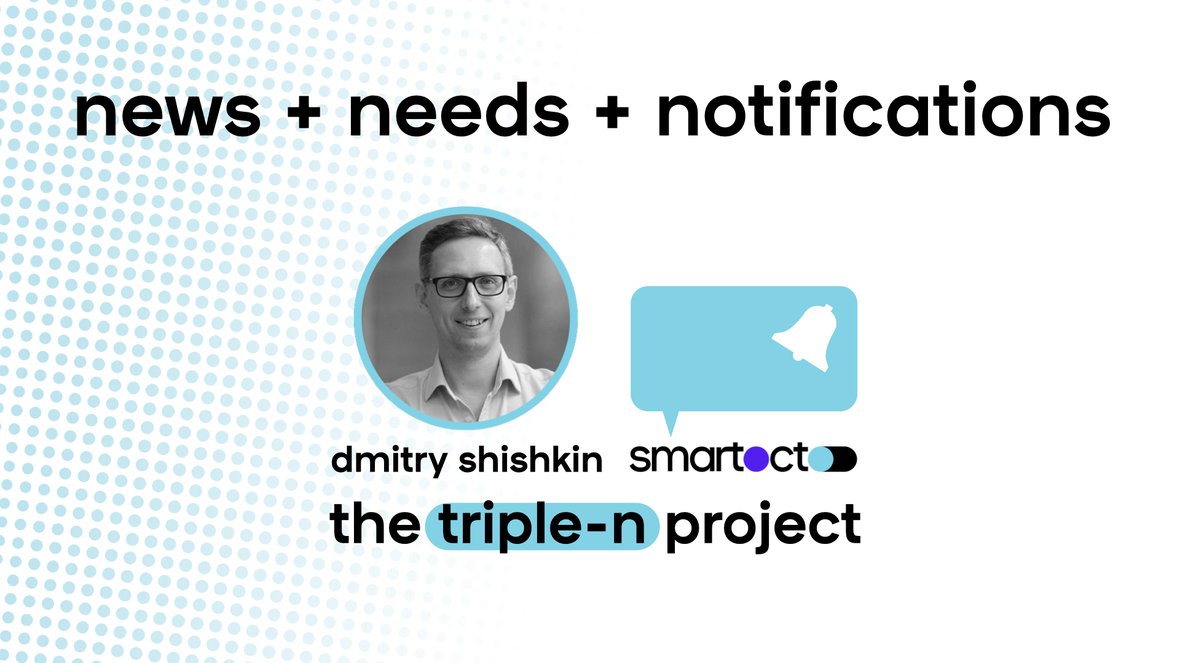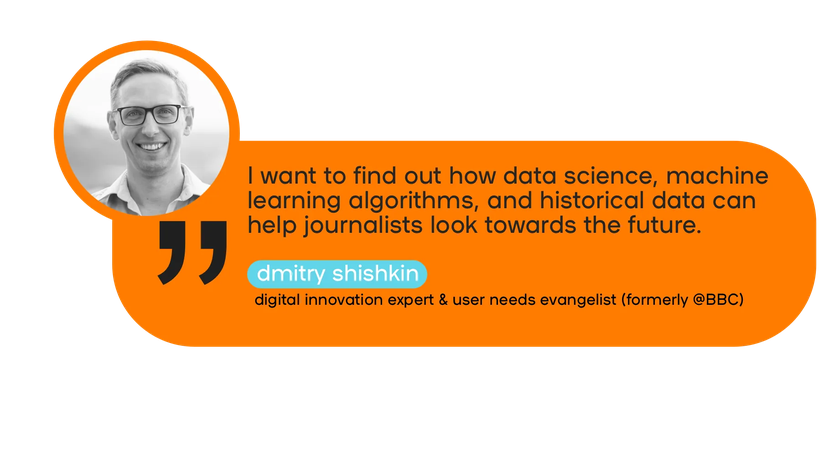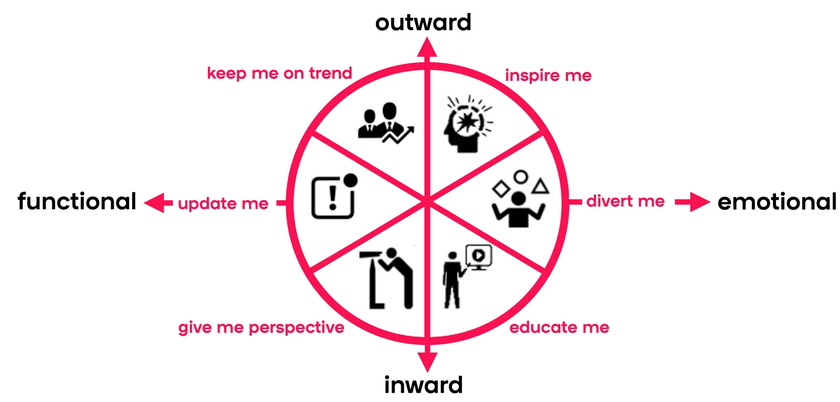If you’re in digital publishing, chances are you’ve heard about the 'user needs' model, developed by the BBC World Service. Their research revealed that content created to address specific user needs outperforms conventionally produced stories. ‘Update me’ might be what we’ve always done, but is it what we should continue doing? Heck no: according to the research, the audience comes first - and it turns out they respond better to other user needs.
UPDATE: We created a new User Need Model in March 2023. Check our page and download the whitepaper if you're interested! We did a webinar about the User Needs Model 2.0. Watch the recording!


